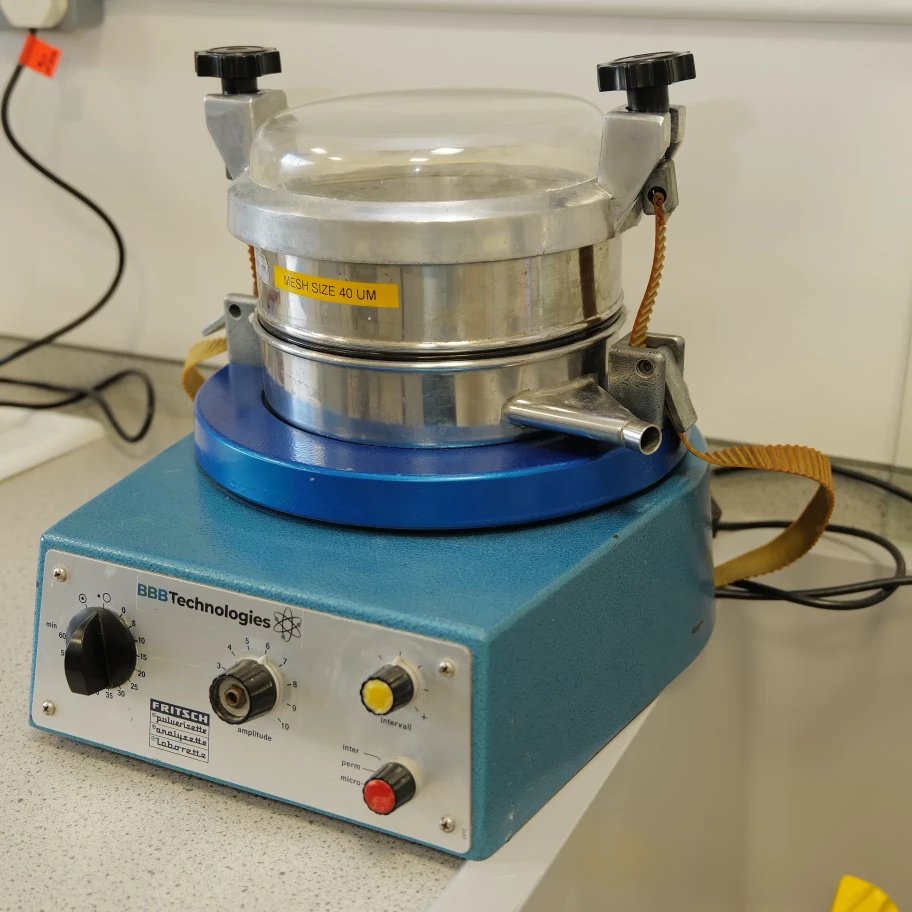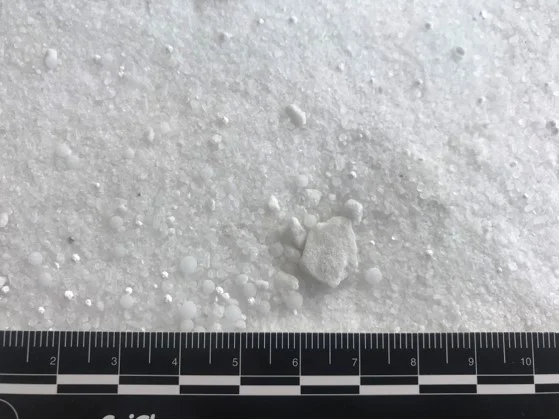As a leading materials test laboratory in Ireland, we are called to examine a vast variety of materials in different forms. The physical and chemical analysis of powders is one of the speciality types of analysis which our chemists carry out for clients all over Ireland. Our powder testing and analysis is used by a variety of companies in the industrial sector including the agrochemical, manufacturing, automotive and aeronautical sectors.
Our extensive suite of powder testing equipment allows us to carry out a range of both destructive and non-destructive testing he following types of testing such as
- Particle shape and size.
- Particle size distribution.
- Particle free rise density
- Particle tapped (compacted) density
- Particle flow.
- Moisture Content
- Sieve residue analysis



